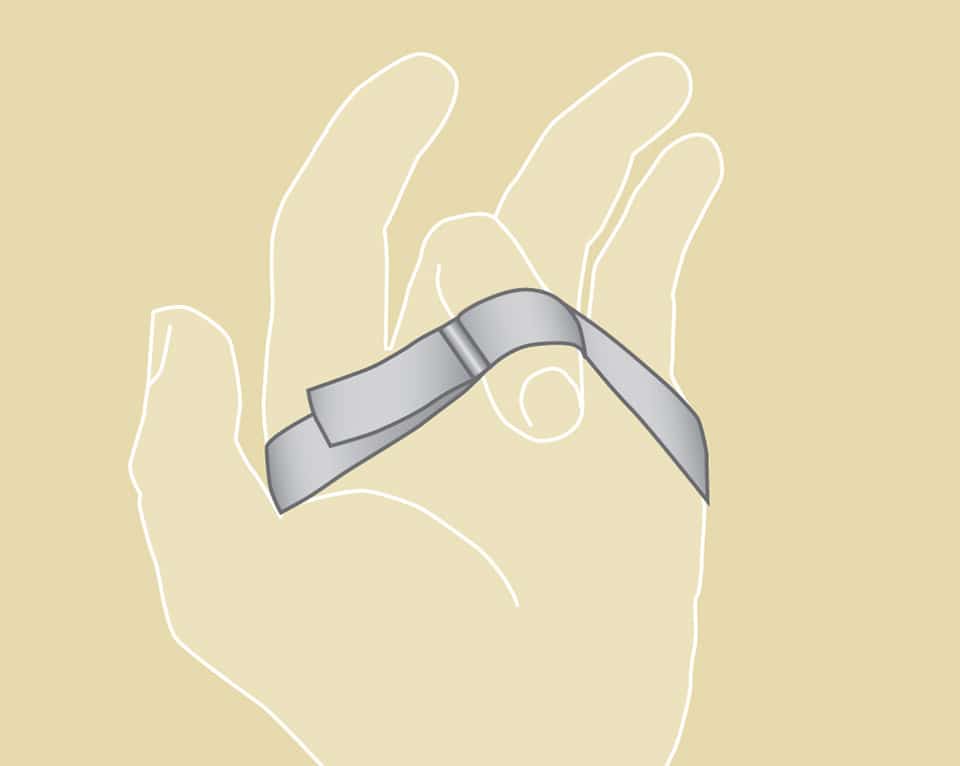Description
A variety of problems can cause stiff hands, limiting the use and function that we often take for granted. Stiffness can occur when there are problems within and around the structures of a joint, including ligaments and muscles. Some of these problems may include:
- Arthritis
- Fractures
- Dislocations
- Bad sprains
- Tendon and muscle injuries

Figure 1: Hand splint to help straighten tight joints in a stiff hand

Figure 2: Web strap to help bend a stiff hand
Doctor Examination
Your doctor will ask when the stiffness began and how it has progressed, including its effect on use of the hand, any injuries, other medical conditions and any prior treatment. Careful examination is performed to check the range of motion, assess swelling and tenderness, and evaluate muscles and tendons.
X-rays are usually taken to evaluate for arthritis and any other distortion of the bones and joints. For special situations, other tests may be considered such as an MRI or CT scan.
Treatment
Nonsurgical Options
Treatment for stiff hands may include stretching exercises for the joints and muscles to help loosen them. Different types of splints or casts may be used to stretch the tight joints and regain more motion (Figures 1 and 2).
Surgical Options
Surgery may be needed if other treatments are not working or if the pain is affecting hand function. Any surgical procedure will typically require significant hand therapy post-surgery. Without therapy, the stiffness may return.
Your hand surgeon will help you decide the best approach for your individual situation. Success depends on the combined efforts of the surgeon, therapist and patient.
